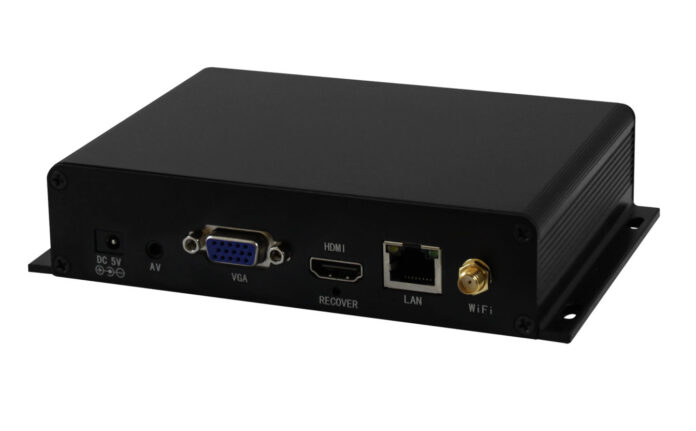A digital signage media player is a device that allows you to play digital signage content. This can include video, images, and text. You can use a digital signage media player to display information in a public space, such as a store or office. You can also use a digital signage media player to create an interactive display, such as a touch screen.
Why use a digital signage media player?
There are many reasons to use a digital signage media player. One reason is that it can help you display information in a more engaging and visually appealing way. Additionally, a digital signage media player can help you manage and disseminate information more effectively and efficiently. Finally, using a digital signage media player can help you create a more professional look for your business.
How to set up a digital signage media player
A digital signage media player is a great way to display dynamic content on your screens. Whether you’re looking to show off new products, advertise sales or promote upcoming events, a digital signage media player can help get your message across in an engaging and eye-catching way.
There are a few things you’ll need to do in order to set up your digital signage media player, including:
- Choose the right media player for your needs. There are a variety of different media players on the market, so it’s important to select one that’s compatible with the type of content you want to display.
- Connect your media player to your screen. Most media players will come with the necessary cables and adapters to do this.
- Download and install any necessary software. Once again, your media player should come with instructions on how to do this.
- Choose the content you want to display. This could be anything from images and videos to RSS feeds and social media updates.
- Configure your settings. Depending on the type of content you’re displaying, you may need to adjust things like the refresh rate or resolution.
- Test everything out. Once you’ve got everything set up, it’s a good idea to test it all out before going live. This will help ensure that everything is working as it should be.
Following these steps should help you get your digital signage media player up and running in no time.
Common problems with digital signage media players and how to solve them
One common problem with digital signage media players is that they can become unresponsive or freeze up. This usually happens because the player is trying to process too much information at once. To fix this, you can try restarting the player or increasing its processing power by adding more RAM.
Another common problem is that the player may not be able to connect to the internet or the server that is hosting the content. This can be caused by a number of things, such as a firewall blocking the connection or an incorrect IP address. To fix this, you can try restarting the player or contacting your IT department.
Finally, some players may not be able to play certain types of content. This is usually because the player does not have the necessary codecs installed. To fix this, you can try installing the codecs yourself or contacting the manufacturer of the player.
Conclusion
A digital signage media player can be a great way to display information in a public space. It can also help you create an interactive display or professional look for your business. To set up your digital signage media player, you’ll need to connect it to your screen and install any necessary software. Additionally, you’ll need to choose the content you want to display and configure your settings. If you run into any problems, try restarting the player or increasing its processing power. Finally, if the player is not able to play certain types of content, you can try installing the necessary codecs yourself or contacting the manufacturer.








